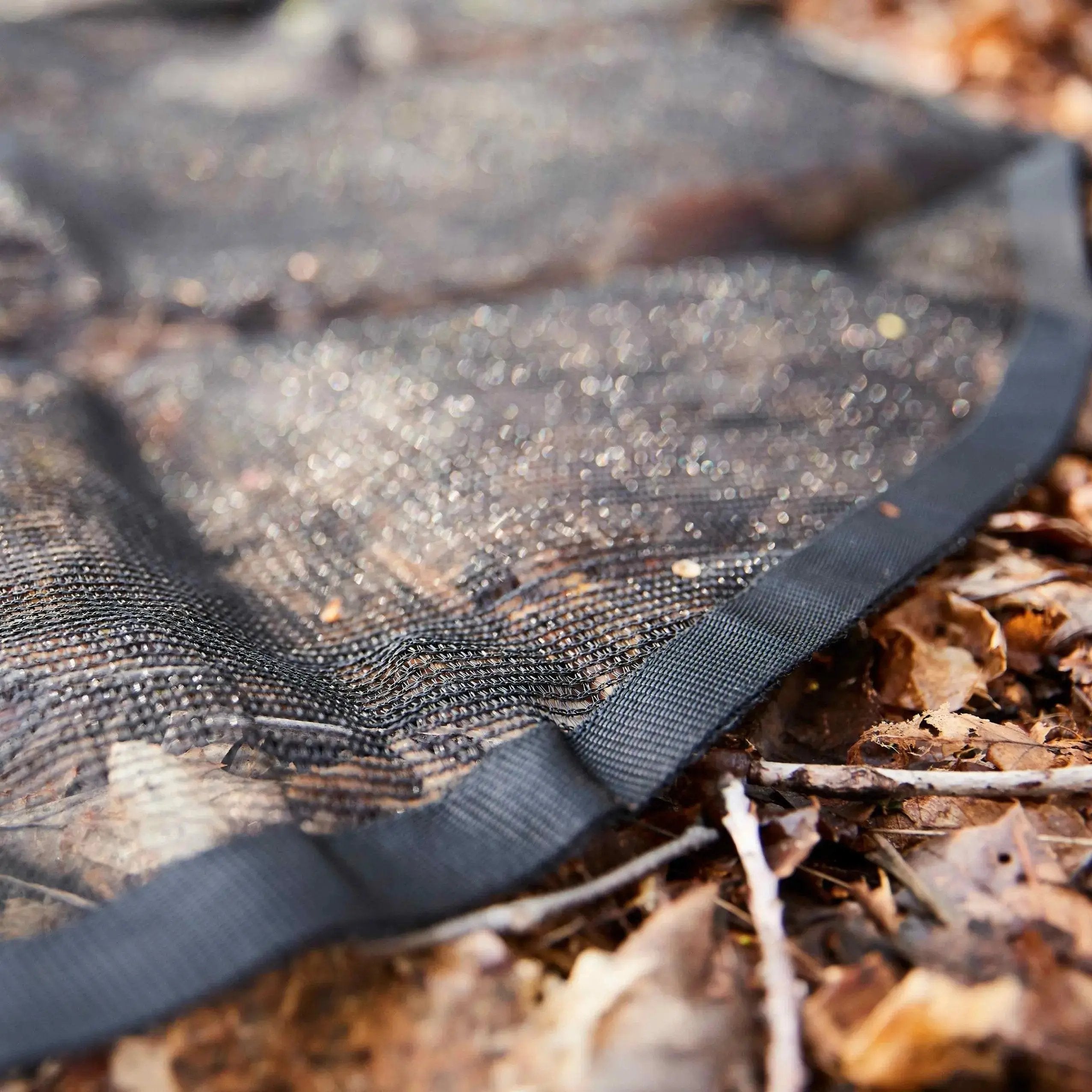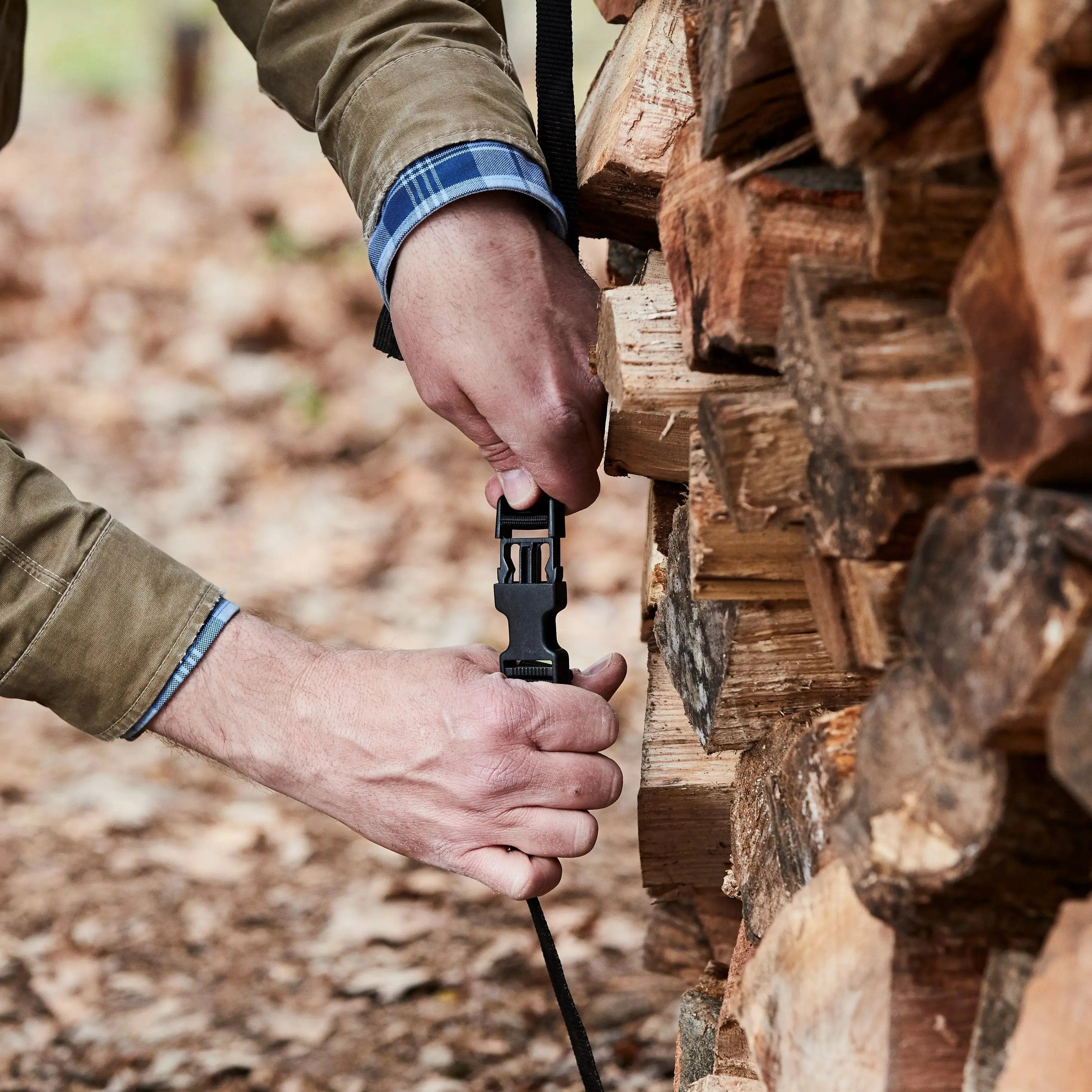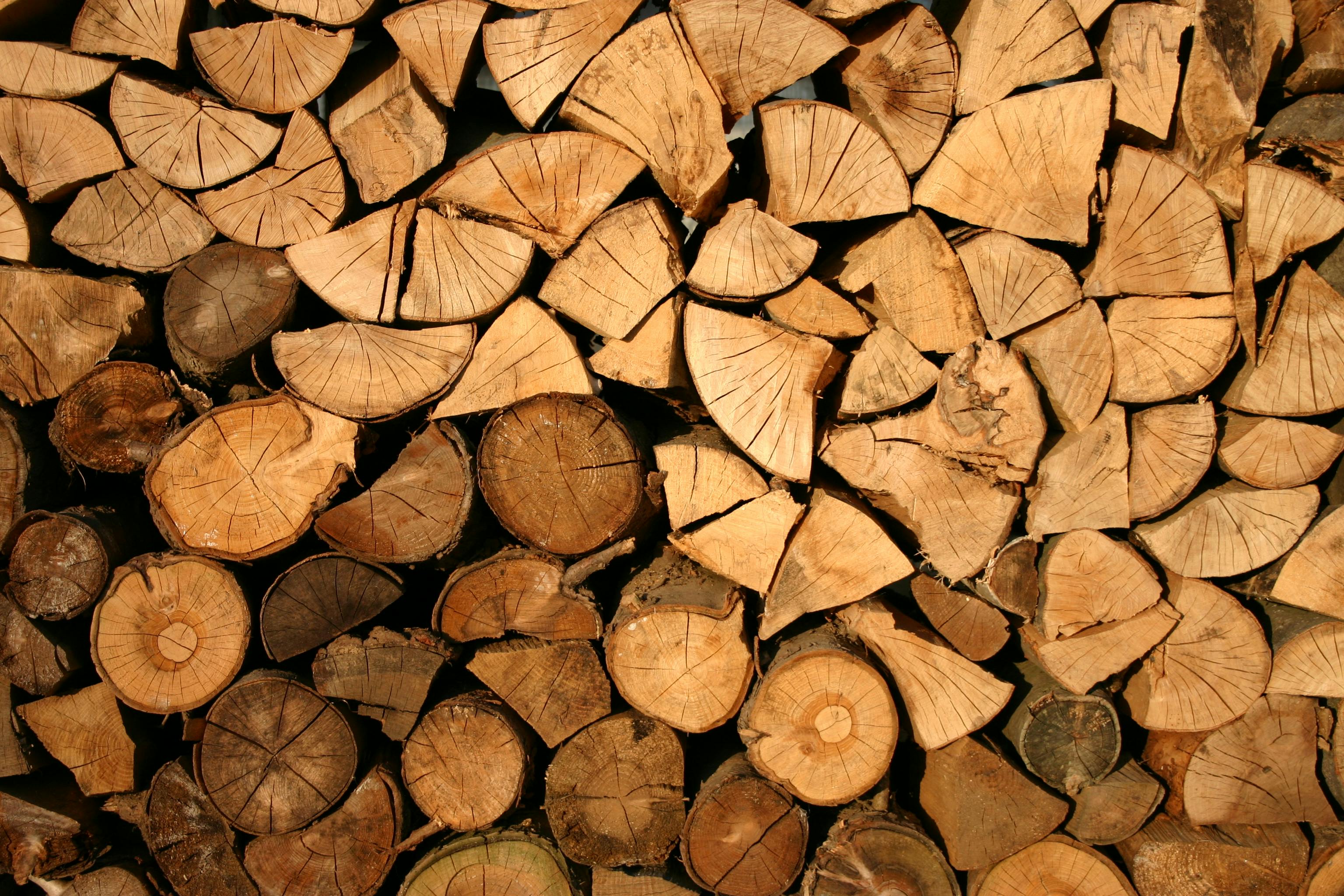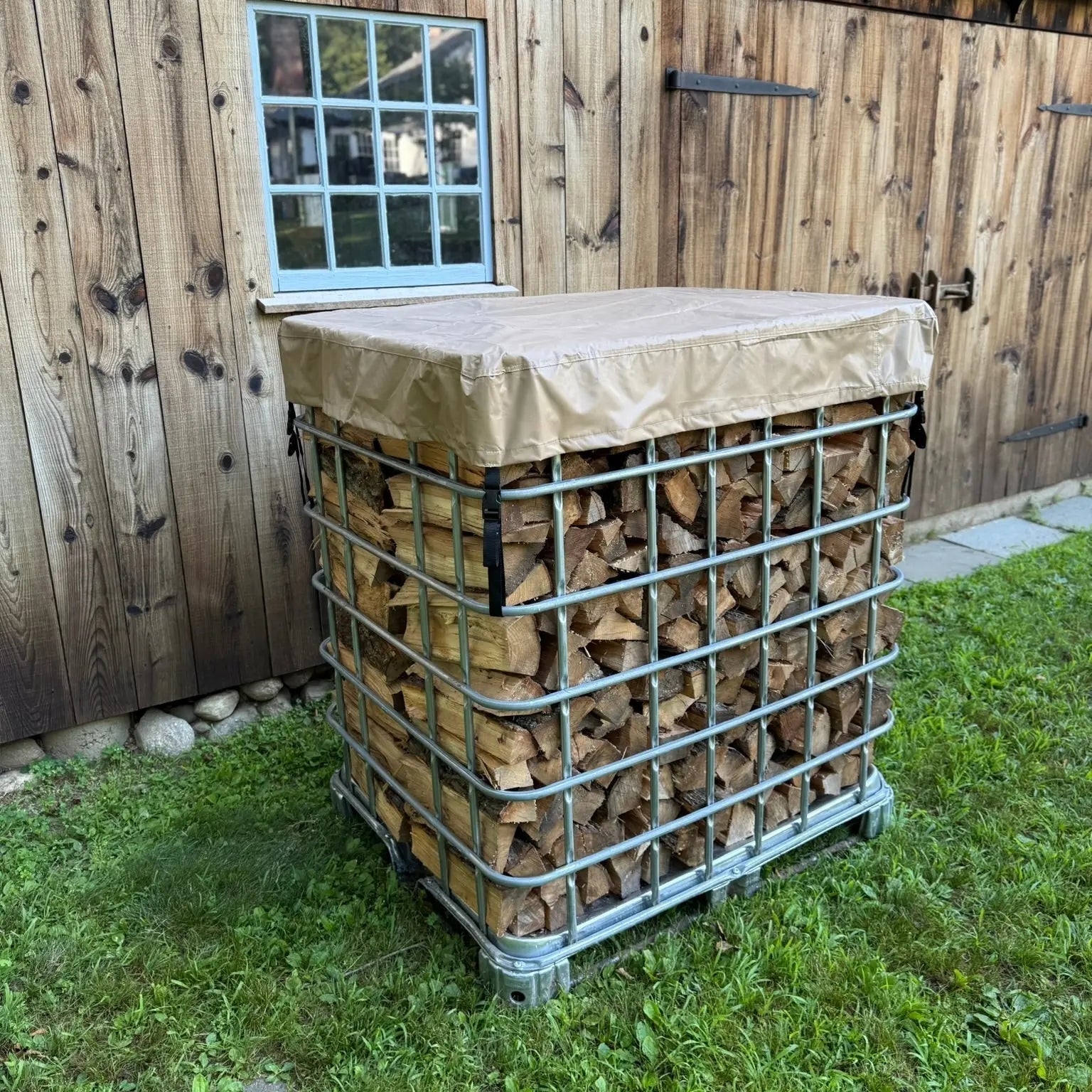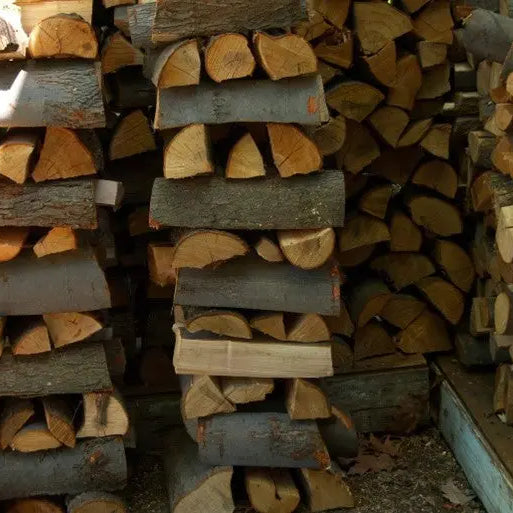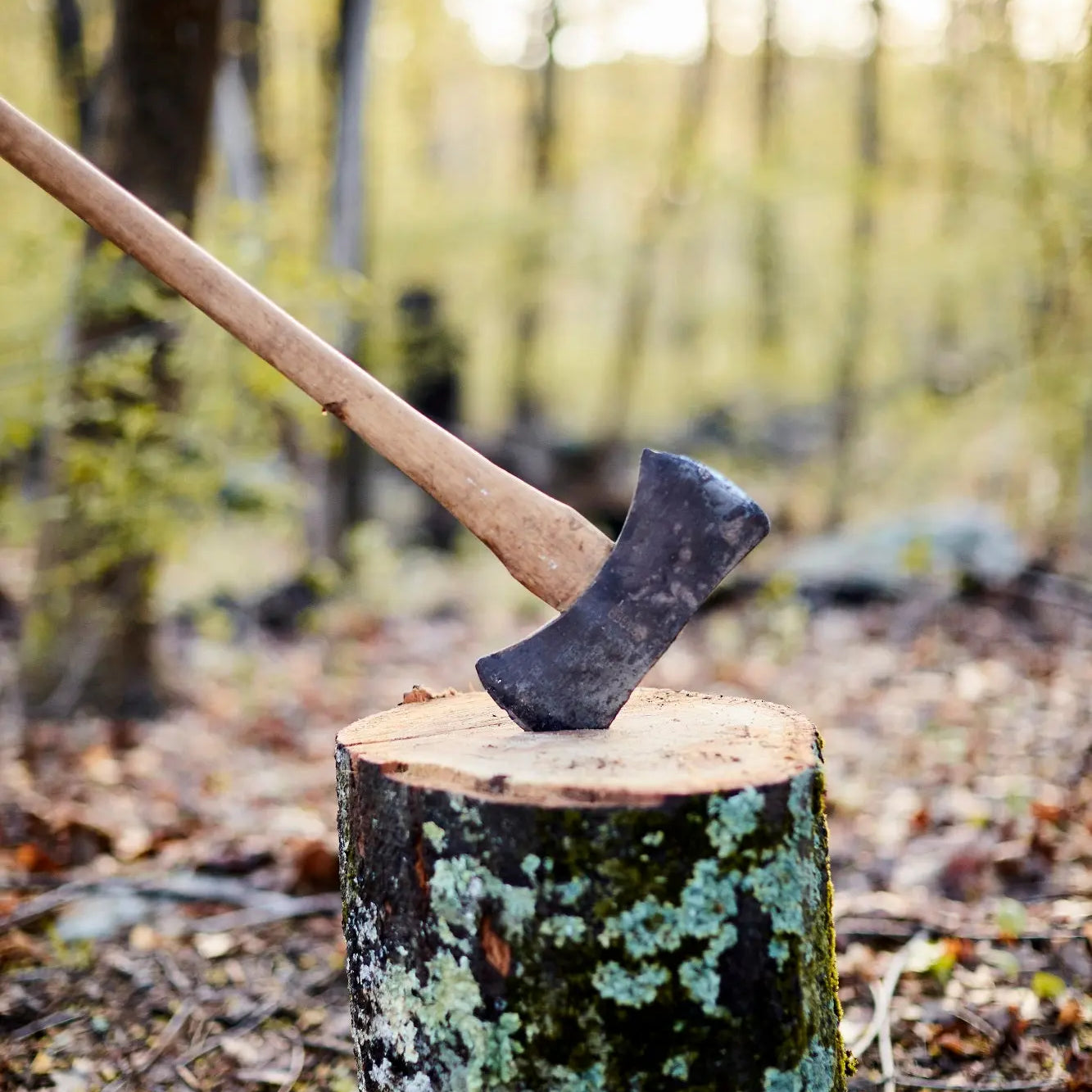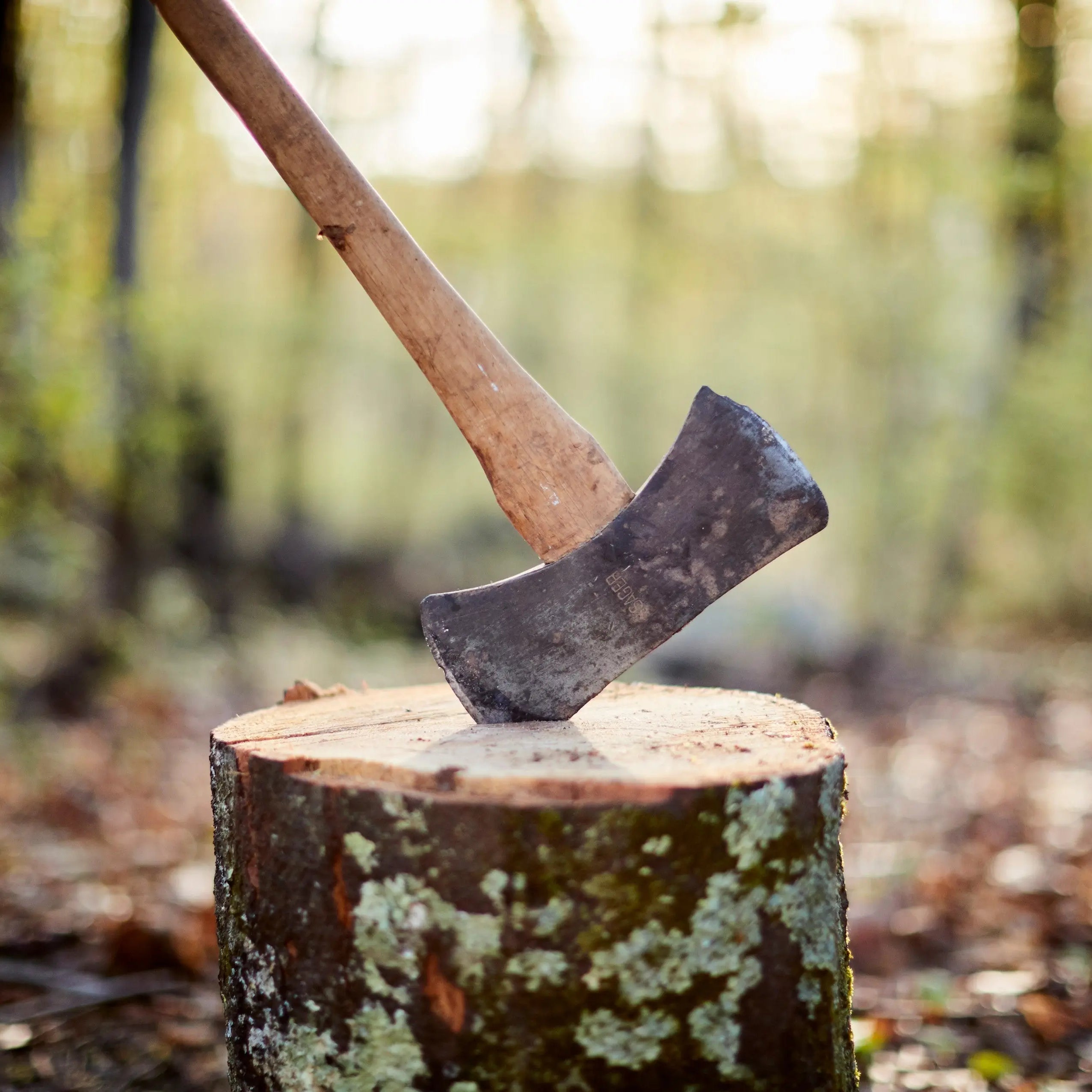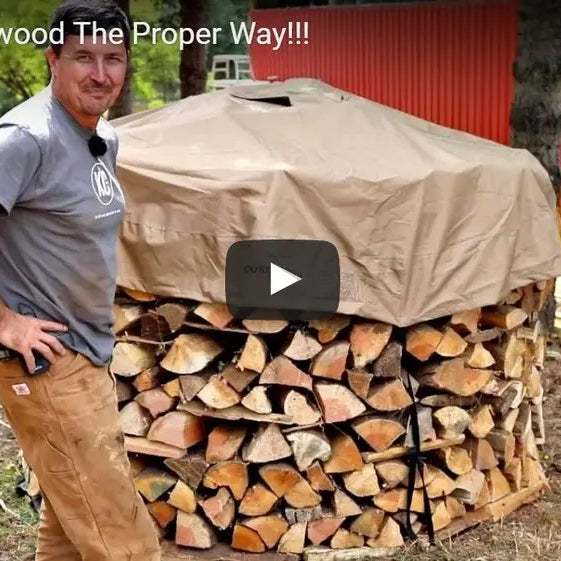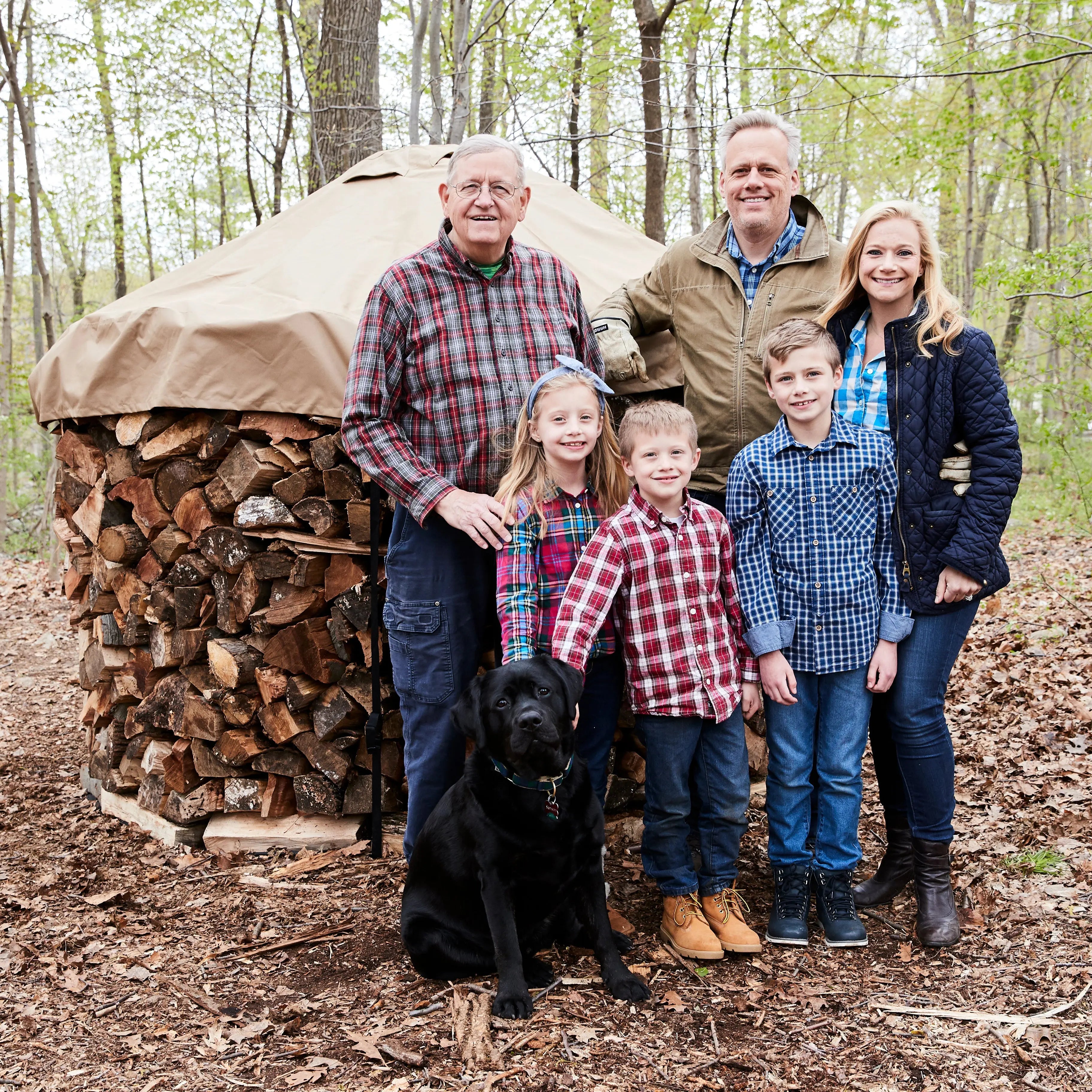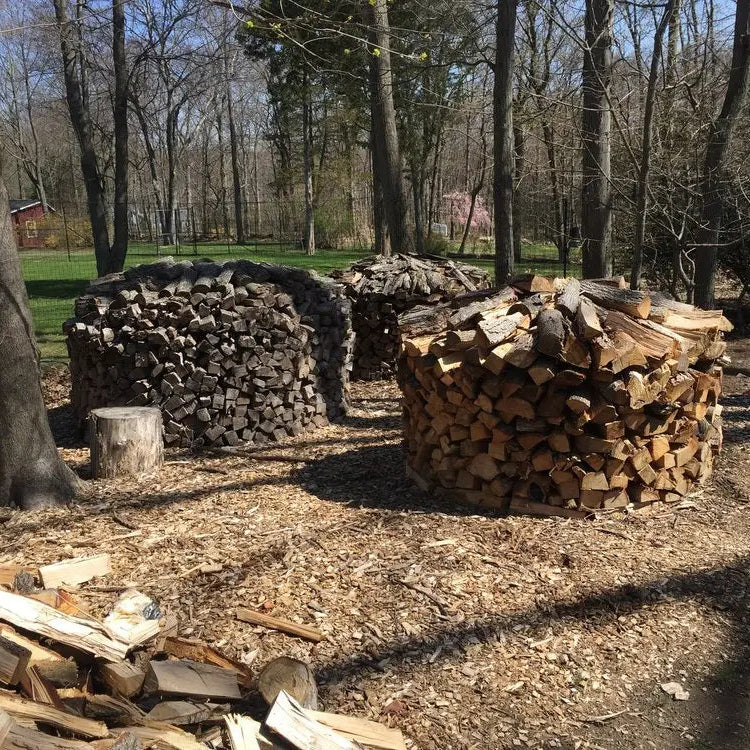IBC Firewood Totes: The Ultimate Guide to Efficient Storage Solutions
IBC firewood totes are repurposed industrial containers with metal cages that make storing, drying, and moving firewood easy and efficient. Durable, stackable, and cost-effective, they offer a practical solution for both homeowners and firewood suppliers to keep wood dry, organized, and ready to use year-round.
IBC Tote Covers: The Best Way to Keep Your Firewood Dry All Year
Keep your firewood dry and ready to burn with an IBC tote cover. Designed for 275 & 330 gallon totes, our UV-resistant covers protect your wood year-round from rain, snow, and sun.
How to Stack a Woodpile Using a Tarp
There are many different ways to stack firewood properly. Each approach will have pros and cons with regard to stability, ease of use, and the ability for the wood to...
Firewood Vs Cordwood Vs Face Cord
What’s the difference between firewood and cord wood? The distinction may not seem significant to most people. Logs are logs, right? Well, not exactly. For those making frequent use of...
Importance of Seasoning Firewood
Seasoning firewood correctly means the difference between a roaring fire and a disappointing smolder. Logs kept dry under proper outdoor firewood storage will naturally season over time as they are...
5 Firewood Cover Ideas: Pros, Cons and the Best One
Looking for a firewood cover idea? These covers come in many shapes and sizes. But which one is best? This article answers all your questions.
Featured on the popular Wranglerstar youtube channel
We are very excited that our product was recently shown on the popular Wranglerstar YouTube channel.
About the Family
As far as I can remember, I have been splitting and stacking firewood. My father heated our house with wood when I was a kid. We live in New England...
How to build a Cordwood Cover wood stack
Setting up the first time can be a bit of a challenge, so here are few simple hints to help you get started.
Why we burn firewood
Wranglerstar put out a short clip today that really captures the feeling we all get when we fire up the woodstove.
How to stack a firewood pile to build a Holz Hausen
There are many different ways to stack firewood. In this post, I will discuss how you can build a woodpile which is easy.


